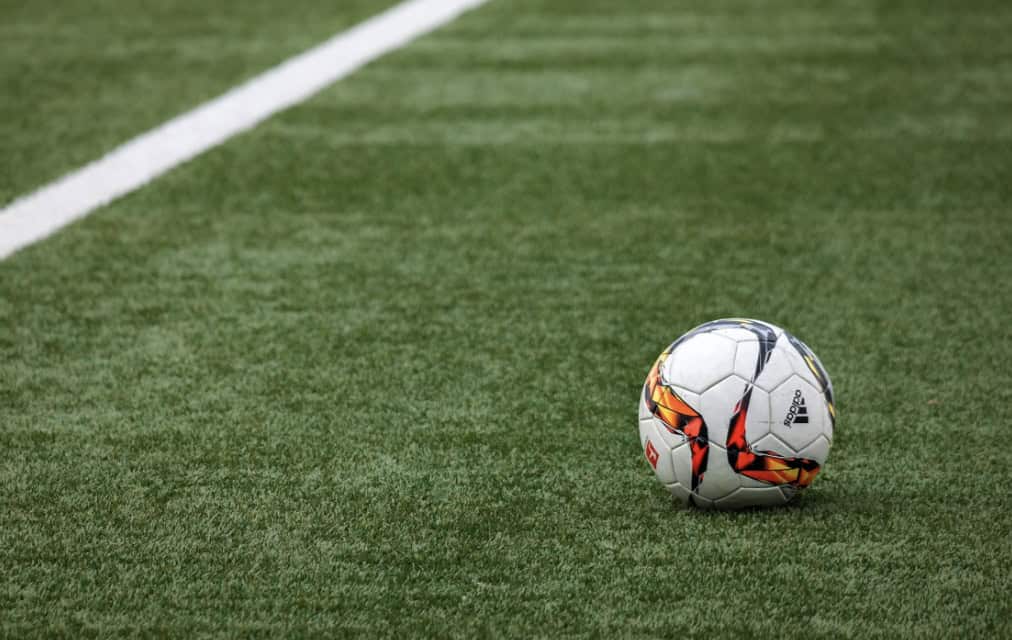Soccer is primarily played using the feet, but players occasionally incorporate their head and chest into the game. However, some wonder if the shoulder can also be used in soccer. The answer is affirmative – yes, the shoulder can be used in soccer.
The Rules and Guidelines
According to the soccer rules, players are indeed permitted to use their shoulders to touch the ball while it’s in play. The use of the shoulder is considered a legal part of the body for controlling and directing the ball during a match. When the ball is airborne, players can utilize their shoulders to control its trajectory or pass it to a teammate.
Moreover, a player is allowed to lean into an opponent with their shoulder if they are genuinely attempting to play the ball. This aspect of the rules is essential to prevent obstruction and maintain a fair level of physicality during the game. However, it’s important to note that excessive or aggressive shoulder-to-shoulder challenges may be deemed as a foul, especially if they endanger the safety of the players involved. The shoulder is just one of the many body parts players can use within the boundaries of the rules to showcase their skills, tactics, and physical prowess on the soccer field.
Differentiating the Shoulder from the Arm
In soccer, it’s crucial to grasp the distinction between using the shoulder and employing the arm or hands to handle the ball. While the shoulder is considered a legal body part for ball control, the use of arms and hands is strictly prohibited. If a player intentionally handles the ball with their arm or hand, it results in a free kick or, in more severe cases, a penalty kick for the opposing team.
The differentiation between the shoulder and arm movements can be intricate, especially in the heat of the game. This complexity often leads players to err on the side of caution, opting to avoid using their shoulders altogether to prevent any potential rule infringements.
To aid players in understanding the difference more precisely, graphical representations and illustrations can serve as invaluable tools. These visuals can clarify the gray area between legal shoulder usage and illegal handball, allowing players to make more informed decisions and play the game with greater confidence while adhering to the rules. Coaches and officials can also use such visuals to educate players and enhance their understanding of these important rules.
What is Considered a Handball?
In soccer, a handball is a fundamental concept that occurs when a player’s hand or arm comes into contact with the ball during gameplay. The mere act of the ball touching the hand or arm is not automatically a foul; the critical factor is the intention and context of the contact. If the player intentionally handles the ball to gain an unfair advantage or obstruct the opponent, it is considered a foul.
- However, it’s essential to understand that the shoulder is not categorized as part of the arm in soccer. Thus, using the shoulder to control the ball is completely permissible within the rules of the game. This distinction is significant, as it ensures fair gameplay and prevents confusion regarding what constitutes a handball;
- Ultimately, the responsibility of determining whether a particular action qualifies as a handball rests with the referee. Their decision is final, and they must consider various factors, such as the player’s intent, the proximity of opponents, and the natural positioning of the arm or hand.
While the interpretation of handballs can be subjective at times, the referee’s judgment is crucial in maintaining the integrity and fairness of the game.

Legal Use of Shoulders to Lean Into Defenders
Players can legally engage in shoulder-to-shoulder contact with an opponent to contest the ball, as long as it is done without being dangerous, reckless, careless, or involving excessive force. Referees might interpret such situations differently in different games, making it a somewhat subjective matter.
Tips for Using the Shoulder Effectively
To utilize the shoulder optimally, players should maintain their balance and avoid extending their arms during shoulder-to-shoulder situations. A proper shoulder tackle can provide a tactical advantage in securing possession or making a play.
Embracing the Full Arsenal
Players are encouraged to feel comfortable using their shoulder as a legitimate tool in passing the ball or making plays. Engaging every part of the body can be advantageous in the game, especially as the match becomes more physically demanding.
Harnessing the Power of the Upper Body
As young players mature and the game becomes more physical, effectively using the upper body to defend, fight for the ball, and shield possession becomes crucial. Employing the shoulder in such situations can significantly impact the outcome of a soccer match.
In conclusion
This article aims to dispel any misconceptions surrounding the use of shoulders in soccer. It establishes that players can confidently incorporate their shoulder into their gameplay without fear of breaking any rules. Utilizing the shoulder strategically can make a remarkable difference in a soccer match, particularly when battling for a 50/50 ball.
